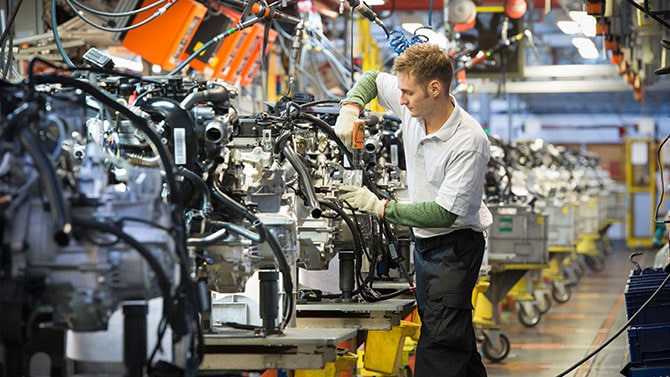{{item.title}}
{{item.text}}

{{item.text}}
You are probably already feeling the impact. Levies of more than US$200bn on goods from China to the US, costs associated with the newly inked United States – Mexico – Canada Agreement and changes in other global trade partnerships are negatively affecting the existing supply chain practices of industrial manufacturers. The prices and availability of some products are becoming harder to predict as global trade policies and practices remain in flux.
Many industrial manufacturers that have exposure on multiple levels of the supply chain are reporting pressure on their bottom line. In the second quarter of 2018, for example, the Canadian steelmaker Stelco said tariffs had cost it about US$8.45m; at the end of 2018, Stanley Black & Decker reported a US$50m increase in quarterly costs as a result of them; and United Technologies said it expected to shave 15 cents per share in 2019.
Broadly speaking, as an industrial manufacturer, you will need to reevaluate where to buy and sell goods and take a hard look at whether some businesses will even be viable under the new trade regime.
But there are multifaceted solutions for navigating this tumultuous trade landscape and recalibrating the manufacturing footprint. Broadly speaking, as an industrial manufacturer, you will need to reevaluate where to buy and sell goods and take a hard look at whether some businesses will even be viable under the new trade regime. Look for new opportunities that can be leveraged and consider whether to pass increased costs along to customers or simply absorb them.
Stanley Black & Decker is already working to trim US$250m in operating costs, while General Electric is looking to credits for exports to China to offset as much as US$400m a year in impact from current and proposed tariffs. Lincoln Electric, a maker of welding equipment, is opting for surcharges instead of permanent price hikes, as it’s not yet clear how long the specific tariffs that are affecting its business will be in place.
Other strategic steps that can be taken to prepare global trade shifts include:
These solutions are multi-pronged and will require the immediate attention of all members of the C-suite, who will need to rethink everything from M&A strategy to product development. The chief procurement officer needs to consider whether existing vendors and suppliers are able to meet cost reduction targets, while the chief market officer should be looking at the price pain points of the customer. Business unit leaders need to get granular about automation and data flows to increase margins and ask themselves whether they have the right talent to manage this new global trade era. And industrial manufacturers need to consider these points quickly.
Download the full Industrial manufacturing trends 2019 report here
{{item.text}}

{{item.text}}
